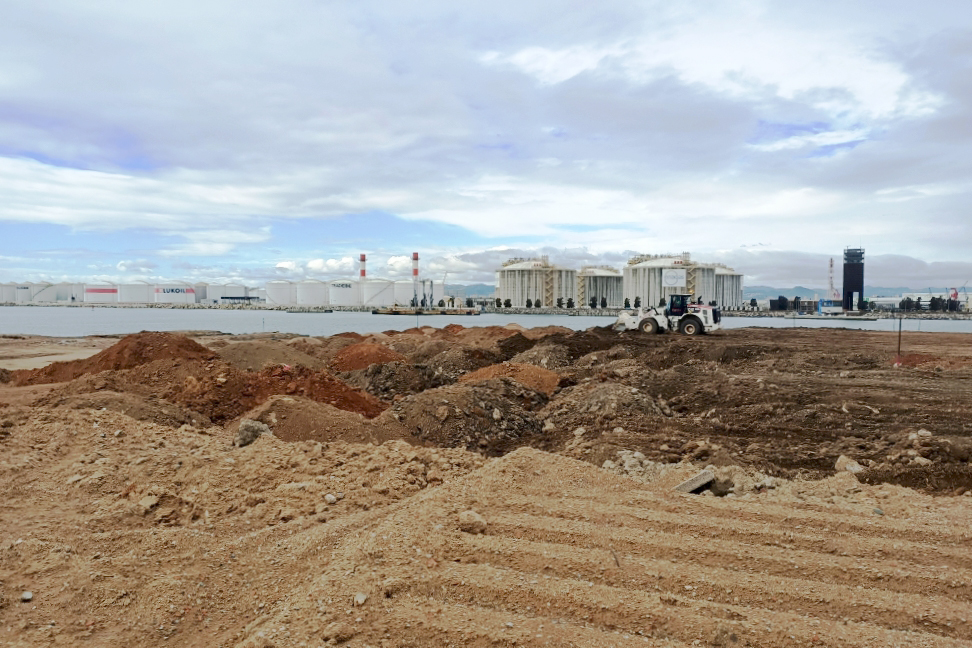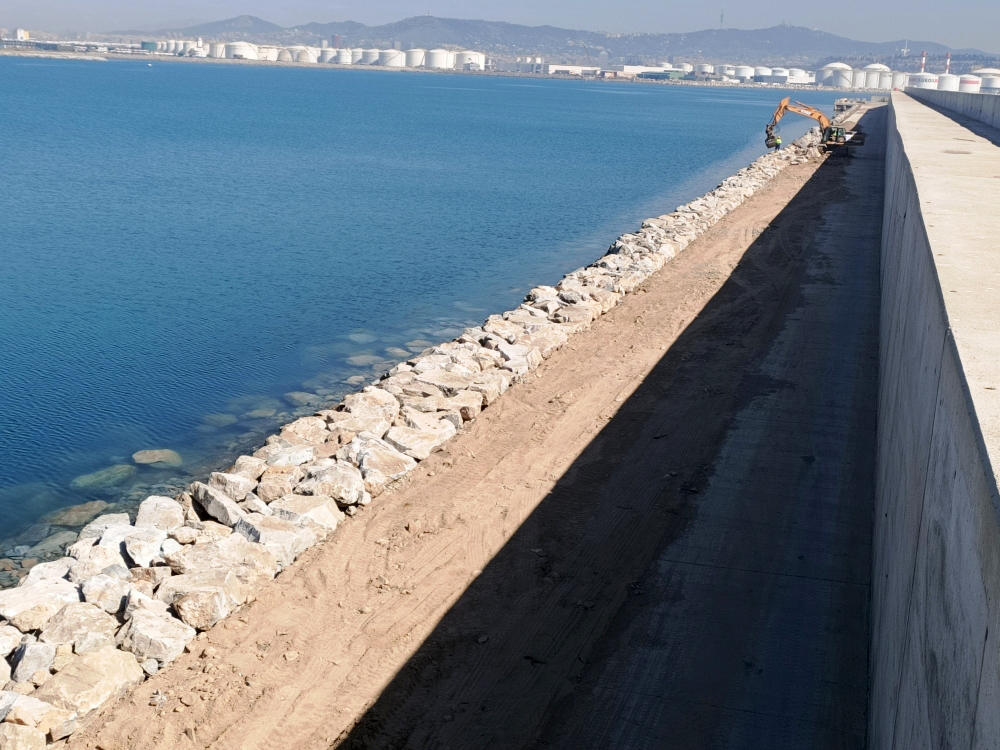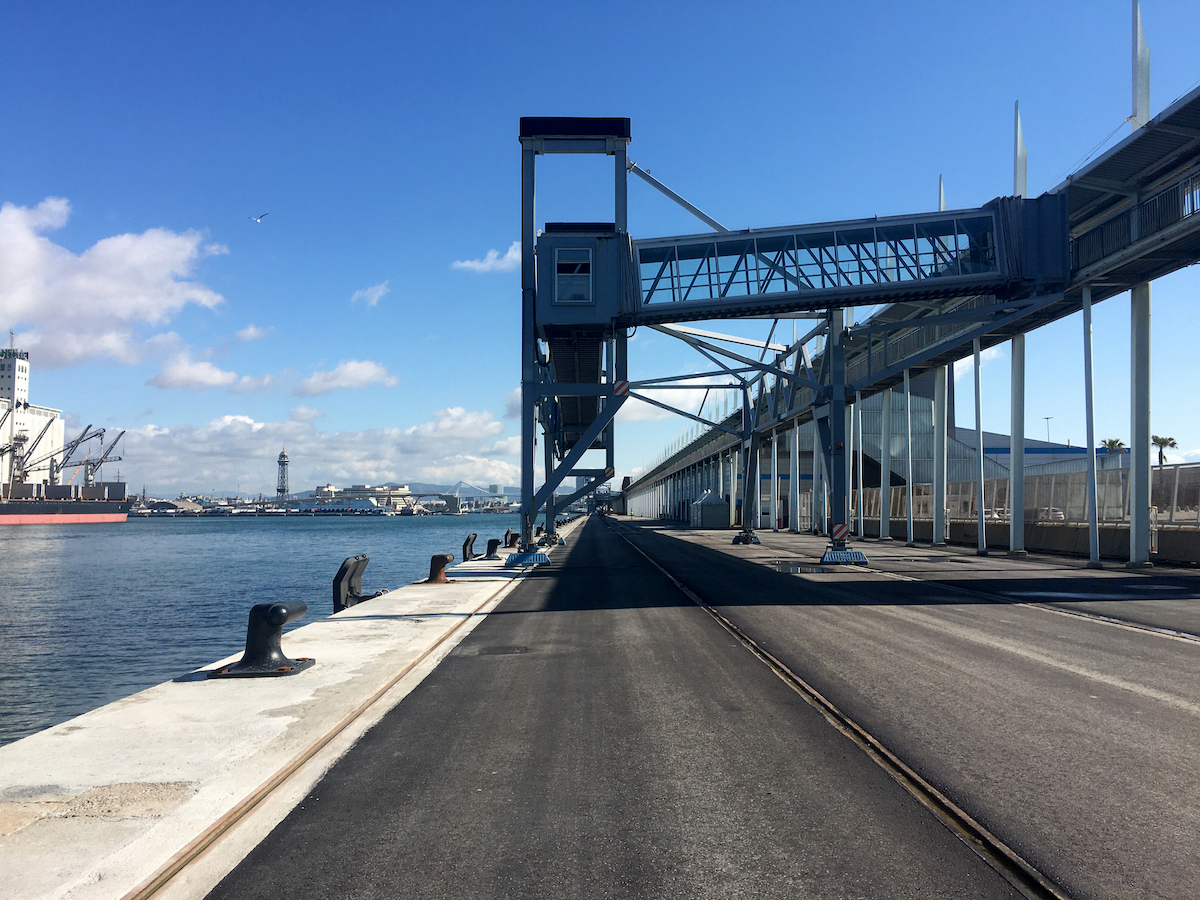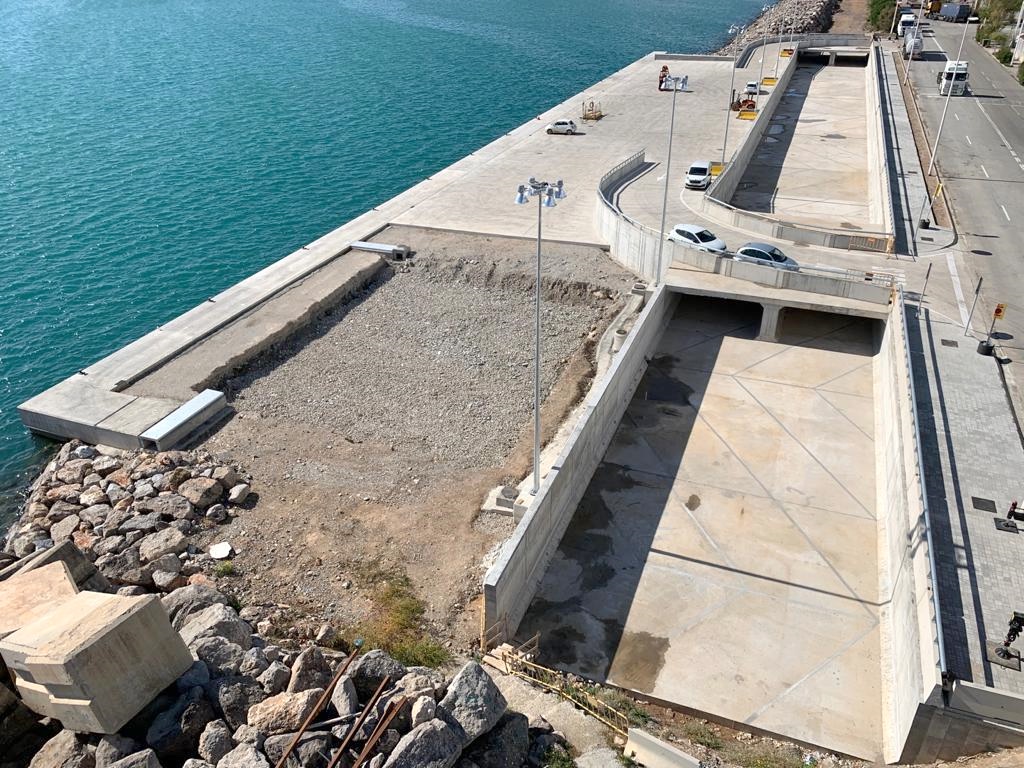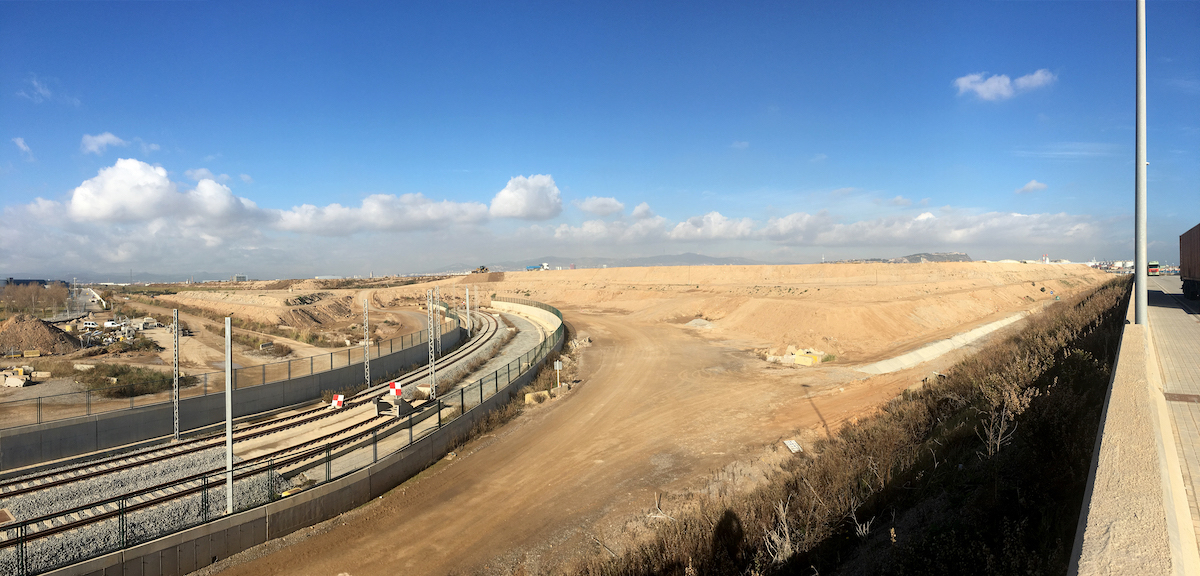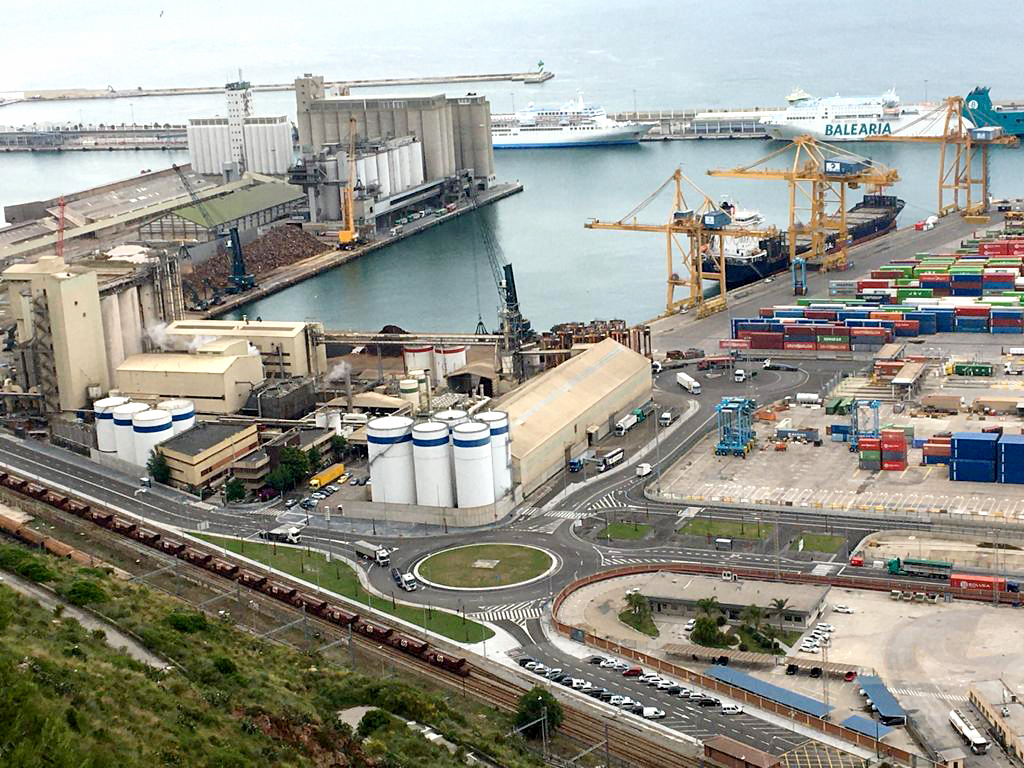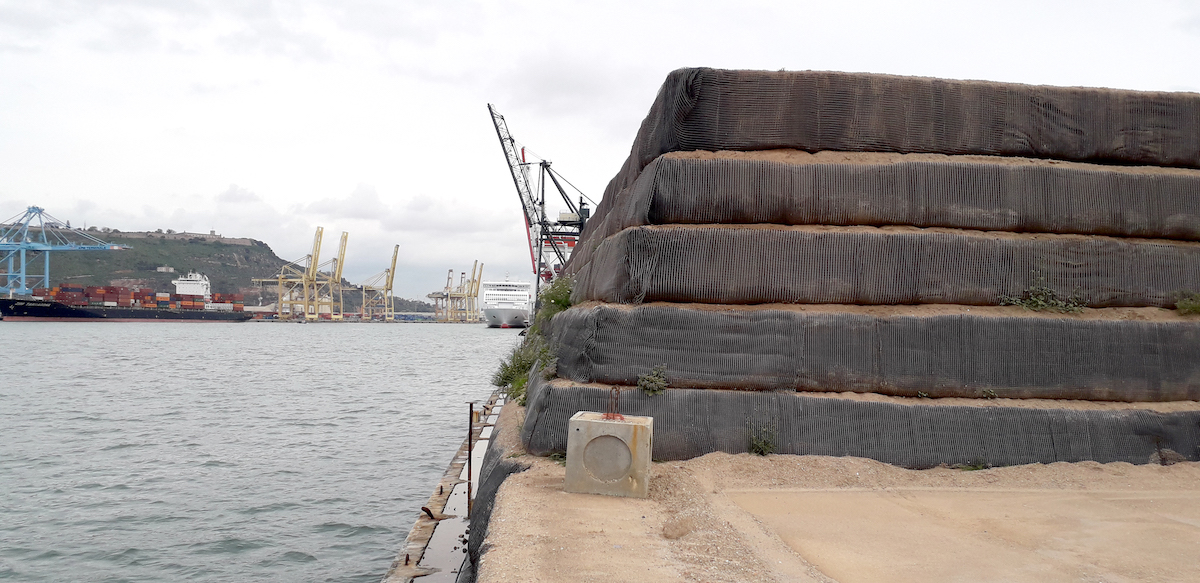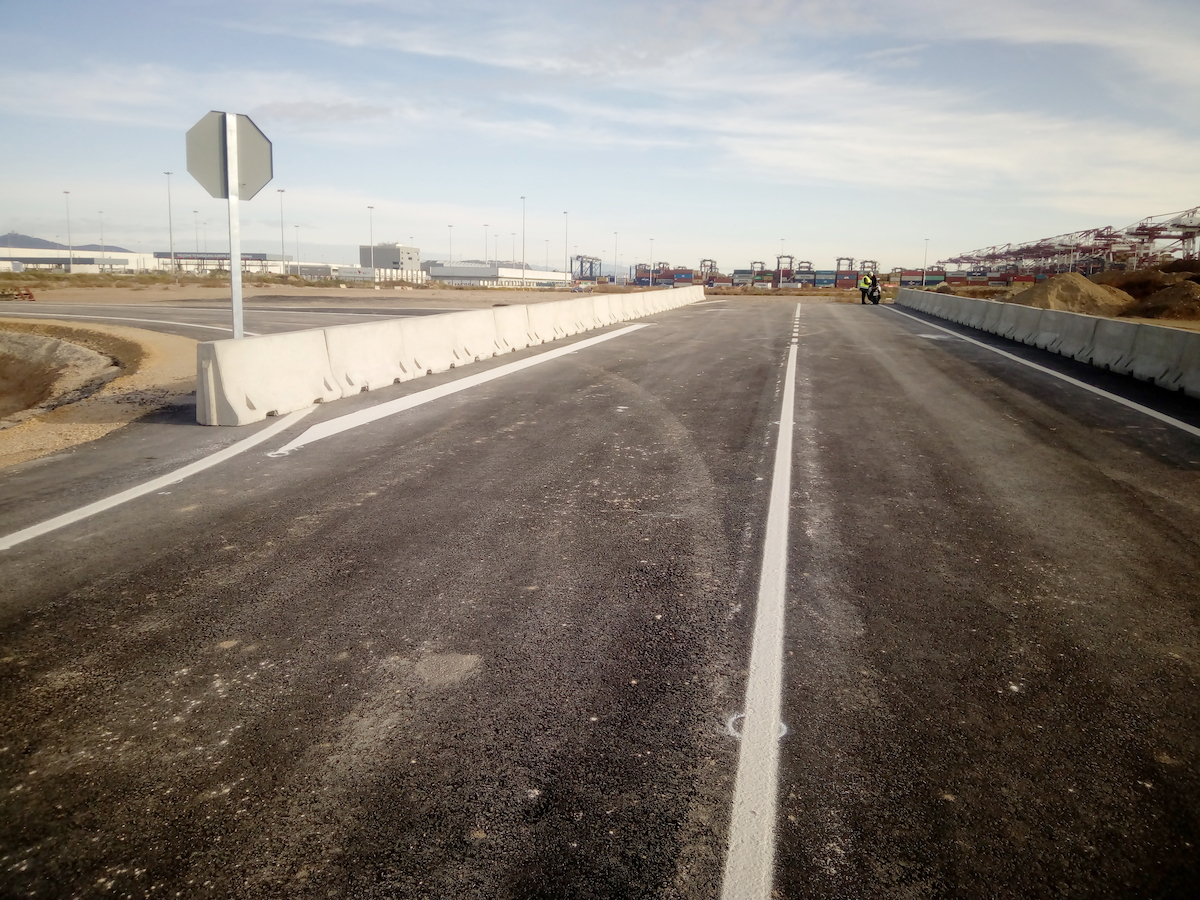.
04
Developing social value
The Port of Barcelona's core activity is goods traffic, passenger transport and the logistics that they generate. The growth and development of the organisations that are part of it depend on its dynamism.
ORIENTATION TO THE SDGS
The Port's contribution to the economy
Market share in terms of goods value
The Port of Barcelona is one of the main drivers of economic development in Catalonia and Spain and specialises in high-value goods. In value terms, the Port channelled 75% of the maritime external trade of Catalonia and 25% of the total for Spain in 2020.
Value of goods passing through the Port of Barcelona 2020:
€
billion (-20%)
Market share of maritime external trade of Catalonia:
%
bulk and general cargo
%
containers (TEU)
Market share of spanish maritime foreign trade:
%
bulk and general cargo
%
containers (TEU)
Sectors with which the Port works
As the main import and export region of Spain, one of the characteristics of the Catalan external trade sector is its high degree of diversification, which covers a wide range of productive sectors. The main economic sectors comprising Catalan external maritime trade and their business and industrial fabric use the Port of Barcelona principally to channel their trade flows.
Countries with which the Port works
The behaviour of traffic in the geographic areas with a greater specific weight was very variable during this year: trade with the Mediterranean Italy and France (+4.1%), the Far East and Japan (+4.5%) and the Eastern Mediterranean, the Black Sea and the Caspian Sea and the Middle East (+2.7%) increased slightly.

